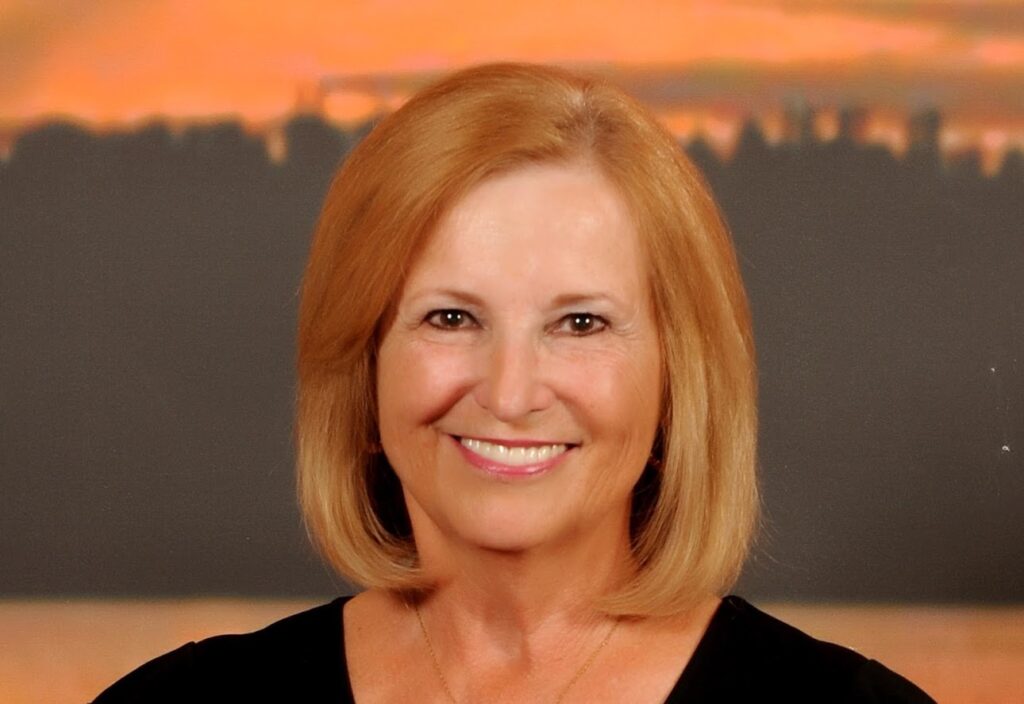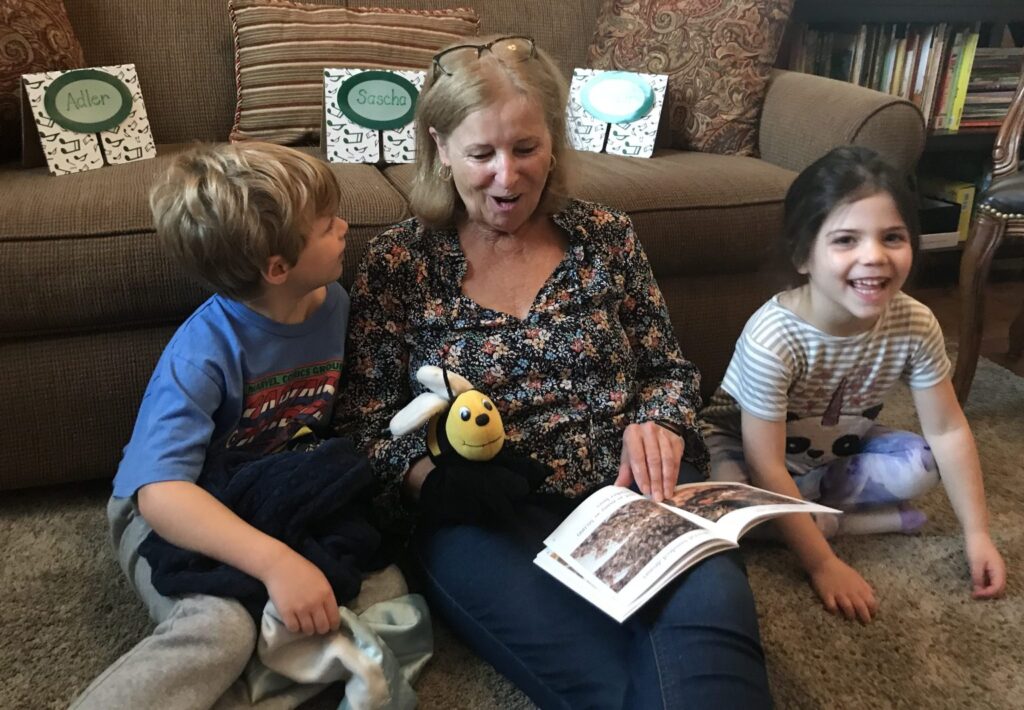
Photo: Courtesy of Sylvia Rouss
Please tell us a little bit about yourself and your background.
I grew up in California and first began writing for the children in my preschool class. As an early childhood educator for over 30 years, I was privileged to be the recipient of numerous awards for excellence in Jewish education. I am the author of more than 50 books including the Sammy Spider series. My books have also received recognition, including the National Jewish book Award, Sydney Taylor Awards and Storytelling World awards. I live in southern California with my husband, Jeff, and we have three children and seven grandchildren. Besides family and writing, I maintained a busy travel schedule before the Covid pandemic that included lecturing and book readings throughout the United States, Europe, and Israel. My books have been translated into Spanish, Portuguese, Dutch, and French.
What inspired you to become an author?
As a Jewish educator, keeping Jewish learning alive has been a priority. Early in my career, I taught two-year-old children and I wanted to find a way to engage them in learning about Jewish holidays and traditions. I was familiar with secular rhymes and finger plays and saw how they delighted young children. So, I decided to write Jewish rhymes to introduce the holidays to the children I was teaching. For each holiday, I created new rhymes and accompanying finger puppets as well as flannel board props to engage the children. The collection ultimately became my first published book, Fun with Jewish Holiday Rhymes (now out of print, but available for free on my website.
Later, when I began teaching older children, I used the limited resources available at the time as the market for Jewish children’s literature was in its infancy. One of my favorite stories was The Mouse in the Matzah Factory by Francine Medoff, a wonderful story that allows the reader to observe the process of making matzah. Through the eyes of a little mouse, we watch the care that is taken from growing and harvesting the wheat, to transporting it to the matzah factory and finally, baking it into matzah. I think this story more than any other inspired my writing. I wanted to create a relatable character that would engage young children —a character who exhibits childlike curiosity and who wants to discover and participate in the events occurring around him.
Where and when do you write? Do you have a writing routine?
I have a beautiful office in my home where I write. But I have been known to write on the back of napkins in a restaurant if I suddenly have an idea. That happened when I wrote The Littlest Pair, a story of tolerance about the two termites on Noah’s Ark. I was in a Jerusalem café having coffee and it was raining and there was political strife. Inspiration plus opportunity created an award-winning children’s story.
How long does it take you to finish a book?
Picture books are almost always less than 1000 words. Once a theme captures my imagination, I can finish the first draft in a week if I can sit in front of the computer without interruptions by my husband, children, and grandchildren. After that, I send out the manuscript to publishers and then I just wait and wait and then wait some more until I finally receive an acceptance letter.
Which authors can we find in your library?
For children, you will find books by Eric Carle, Maurice Sendak and Eric Kimmel. For myself, you will find books by Philippa Gregory, Ken Follett, Toni Morrison, and Eric Larson.
What advice would you give an aspiring author?
Three tips for picture book writers:
- Be literal and be specific. It is not enough to say, “the children played together.” Maybe you could describe a few activities on a playground that could be related to the other part of your story such as: “Michael and Lily did everything together. They dug in the sandbox together, they painted at the art easel together and they sat next to each other at snack time. Best of all they liked climbing to the top of the jungle gym where Michael would shout, “Lily, let’s fly to the moon.” Using an active voice rather than a passive narrative makes the story far more interesting.
- Add details. Children and the illustrators want to know why. For example, simply saying, “Michael didn’t like to go to sleep,” isn’t enough? Expand on why the character likes to do or not do something. Add dialogue so Michael expresses why he doesn’t want to go to sleep. It makes the story come alive. Is he afraid of the dark? Does he miss Lily so much that he can’t go to sleep?
- Keep names consistent. Michael as Mikey in one part of the story and Mike in another is confusing for young children. And, when describing a situation familiar to children, make sure you use words that they use. When Michael goes to school, he will put his backpack in a “cubby”, not a cupboard, locker or storage area.
Where can our readers purchase your books?
Readers can find my books at these web sites: All my books are easily ordered on Amazon. The Sammy Spider series are available at KarBen Publishing. The Littlest Pair and 3 more of my books are available at Apples and Honey Press. Some of the out-of-print books are available as a pdf on my website www.sylviarouss.com .

Photo: Courtesy of Sylvia Rouss







